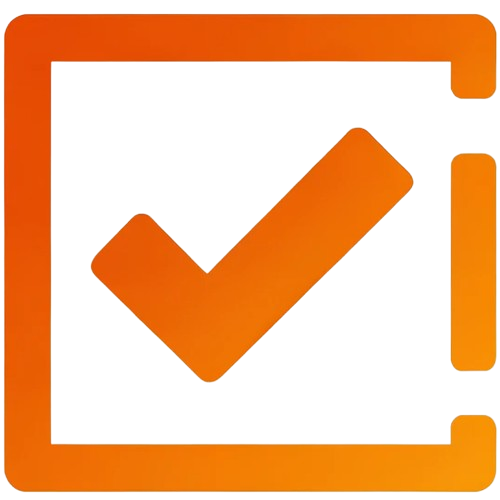Understanding Ligatures in Typography and Their Use in Digital Formats
January 23, 2024

Ligatures have been an integral part of typography for centuries, offering both functional and aesthetic benefits. With the advent of digital typesetting and formats like PDFs, understanding ligatures has become more important for software developers, designers, and typographers alike.
What are Ligatures?
A ligature occurs when two or more letters are joined to form a single glyph. Historically, ligatures were used in handwritten scripts and early typesetting to deal with space constraints and improve readability.
Common Examples
- Fi and Fl: The most common ligatures, where the dot of the 'i' and the top of the 'f' might collide.
- Ae and Oe: Found in languages like Latin and French, these are examples of digraph ligatures.
Ligatures in Digital Typography
In digital fonts, ligatures are included for both practical and aesthetic reasons. They prevent awkward letter spacing and maintain the flow of text. Fonts like Adobe Caslon Pro and Garamond include numerous ligatures, enriching the text's visual appeal.
Use in PDFs and Digital Documents
In PDFs, ligatures are encoded within the font data. When text is extracted or rendered, the PDF's encoding maps specific character codes to the ligature glyphs. This can pose challenges in text extraction, as the mapping may not be straightforward.
Programming Challenges
Developers often face challenges with ligatures when processing PDFs or implementing typography in digital media.
Identifying Ligatures
Detecting ligatures requires parsing the font's character map (CMap), which contains mappings from character codes to Unicode characters. In PDFs, this is often found in the ToUnicode CMap.
Best Practices
Thorough Mapping: Ensure comprehensive parsing of the CMap to include all possible ligatures.
Uppercase Consistency: Convert all character codes to uppercase to maintain consistency in mapping.
Fallback Mechanisms: Implement placeholders or fallbacks for missing mappings.
Conclusion
Understanding and handling ligatures is essential in digital typography, especially in formats like PDFs where precise text rendering and extraction are required. By effectively parsing and utilizing character maps, developers can ensure that the richness of typography is preserved in digital formats.
